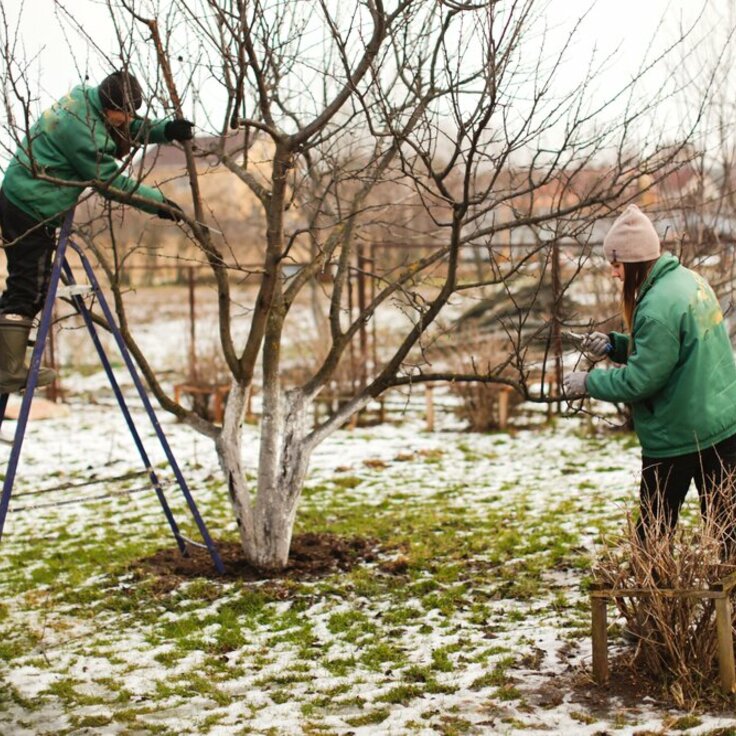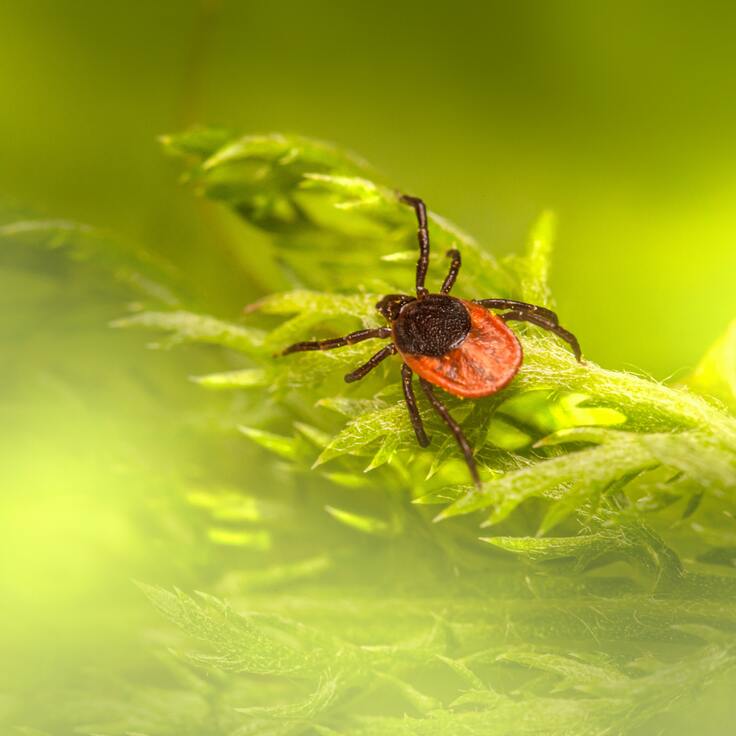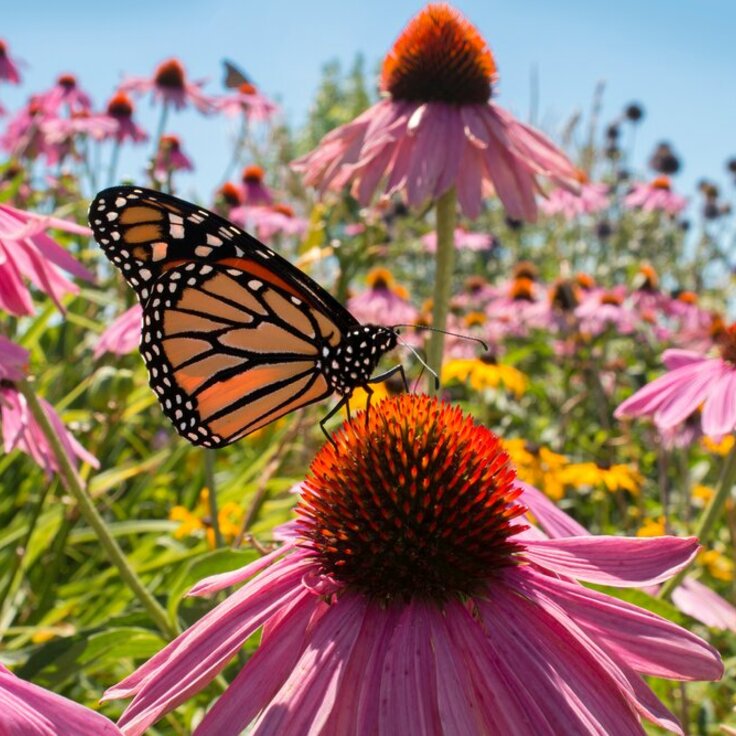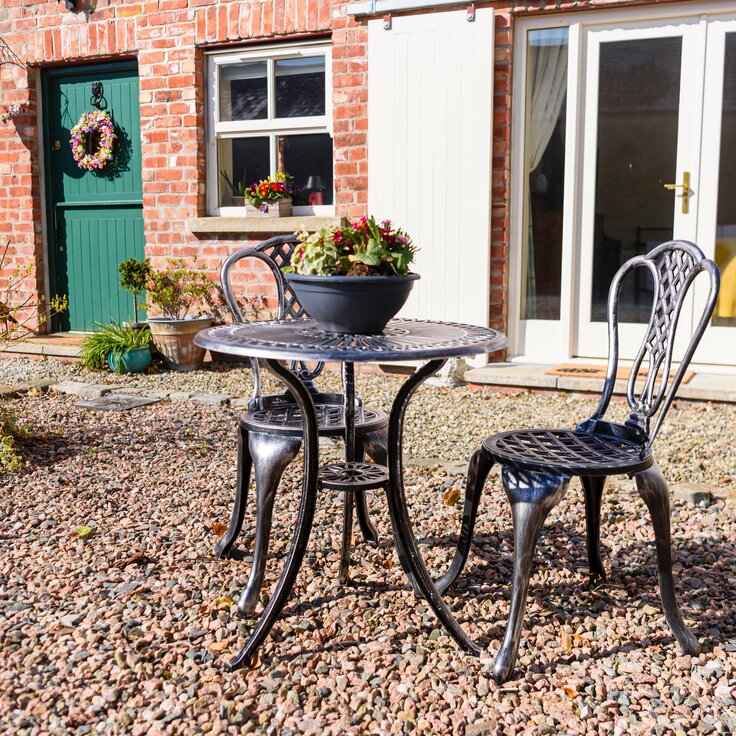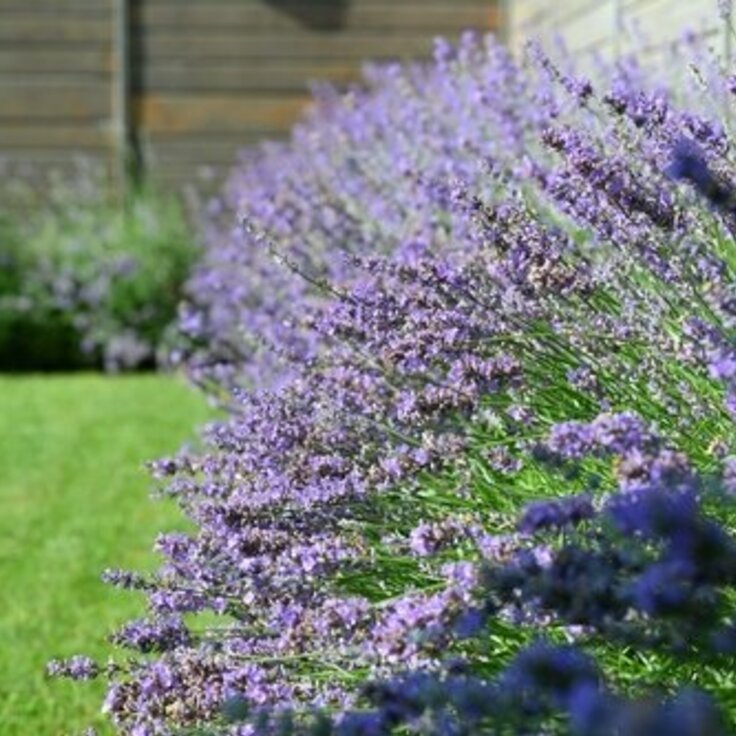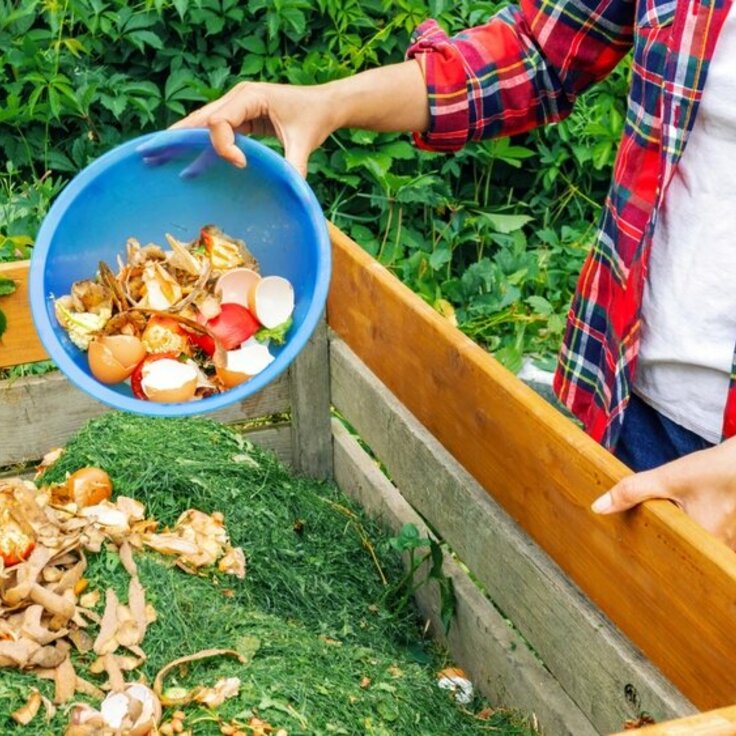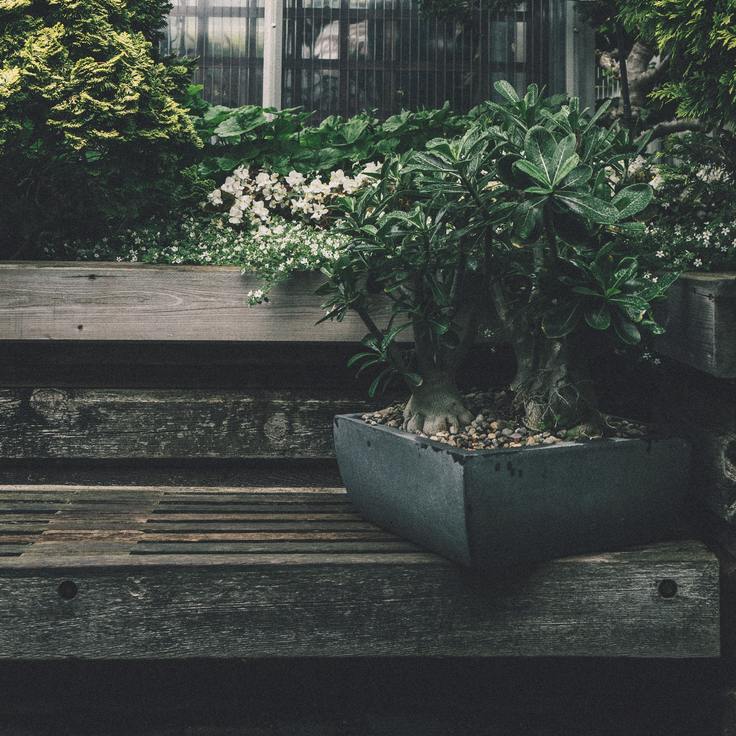What does your garden have in common with Tallaght Stadium?
At first glance, the lush turf of Tallaght Stadium and the modest patch of grass behind your home might seem worlds apart. One hosts professional football matches under the glare of floodlights, while the other endures the quiet weight of morning dew and a weekend lawnmower. Yet beneath those blades of grass lies a shared pursuit, the quest for balance, resilience, and care. Both the stadium groundskeeper and the home gardener are, in their own ways, custodians of living systems that demand patience, precision, and an eye for detail.
A field built for endurance
Tallaght Stadium, home to Shamrock Rovers and one of Ireland’s main venues for international fixtures, is more than a patch of grass. It’s a living system, built to withstand pressure few lawns will ever face. Beneath the surface lies a precise balance of soil, sand, and drainage, all designed to keep the pitch firm underfoot yet soft enough to protect players. Every cut of the mower, every seed choice, and every watering cycle has a reason behind it.
When a surface like that is right, it changes everything. Players move with confidence, passes zip cleanly, and injuries are fewer. But if the pitch turns heavy or patchy, it slows the play and unsettles rhythm. Matches can tilt one way or the other, and sometimes even a championship can hinge on it. It’s one of those factors that can’t be cleanly measured or fed into a model, the kind that even the analysts setting odds on sport.netbet.ie/football/ can’t fully quantify. A pitch has personality, and that comes from care.
Home gardeners can learn plenty from that level of attention. Good drainage, regular aeration, and steady feeding routines are what keep a lawn resilient when the weather turns or footfall increases. Most of the problems people face with patchy or muddy grass come from compacted soil or uneven moisture, the same issues stadium groundskeepers battle every week. Even a small lawn benefits from that same balance between structure and softness. If water drains too fast, the roots dry out; if it lingers, the soil suffocates. Finding that middle ground is the real secret to strong, lasting turf, whether you’re tending a back garden or a football pitch.
Lessons in rhythm, resilience, and recovery
A home lawn may not host ninety-minute battles, but it still endures stress. Heavy rain, compacted soil, pet activity, and the simple passage of time can all take their toll. Groundskeepers at Tallaght know that every patch of discolouration tells a story, one that can often be corrected through timing and observation rather than quick fixes. The same mindset benefits any gardener: rather than overwatering or overfeeding, maintaining a steady rhythm often yields healthier growth.
Resilience, too, is built slowly. Professional pitches use carefully calculated overseeding schedules to repair worn areas before they spread. Home gardeners can adopt a smaller-scale version of this approach, seeding little and often, alongside verticutting, instead of waiting for bald patches to emerge. It’s about understanding that the goal isn’t perfection, but sustainability, keeping the ecosystem strong enough to adapt and recover.
The unseen art beneath the surface
What sets a stadium apart isn’t just what’s visible, but what lies below. Beneath Tallaght’s emerald surface is a substructure of sand, gravel, and drainage layers designed to prevent waterlogging, a constant threat in Ireland’s wet climate. The water must move quickly downward without drying the soil too fast. That delicate balance between moisture retention and drainage is precisely what determines whether the pitch remains playable after a downpour.
A domestic lawn might not need such engineering, but understanding drainage principles can solve many backyard frustrations. Aerating compacted areas, adding organic matter, or subtly reshaping the soil gradient can transform how a garden copes with heavy rain. Like the stadium turf, your lawn thrives the best when roots can stretch freely and oxygen circulates through the soil.

